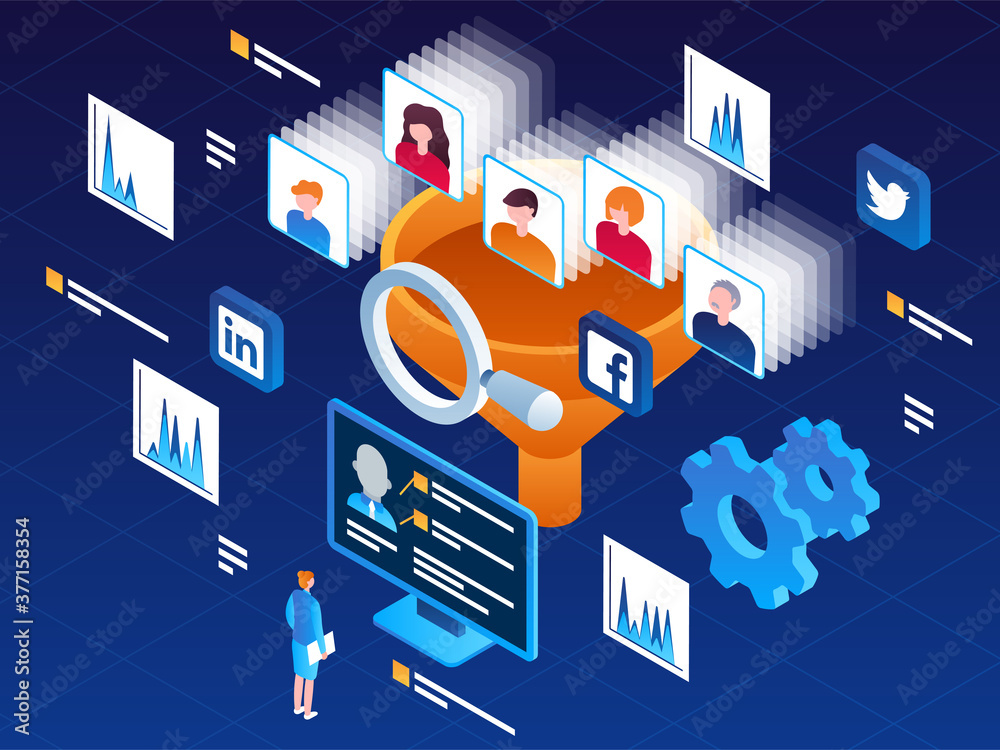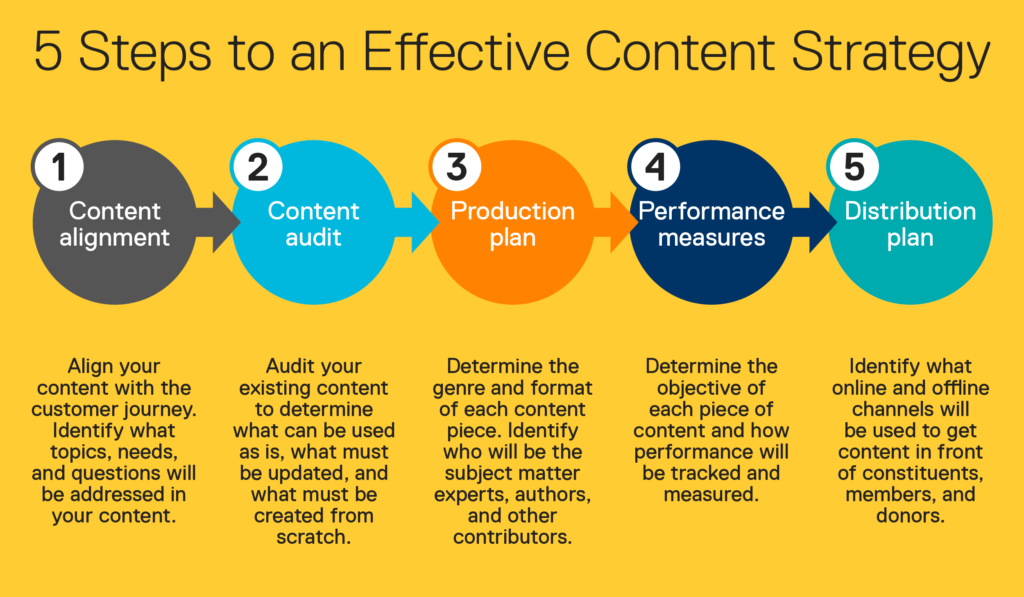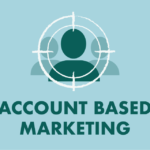B2B Marketing Challenges: Generating demand amid work-from-home offices, zoom meetings, and virtual events has become mainstream for B2B marketers. We’ve almost forgotten what used to be normal, but some things haven’t changed; they’ve only intensified.
B2B buyers still rely on extensive online research prior to major investments, and they’re typically part of a buying group team, who are also doing research. Virtual meetings have replaced in-person conferences, but now maybe we’re going hybrid. Who knows? Adaptability has proven to be one of the most enduring traits of modern marketers.
No one is 100% sure of future B2B Marketing Challenges due to the coronavirus or how B2B marketing may need to adapt. However, we believe following the tactics in this blog might help B2B marketers to prepare better for the future.
Post-Covid B2B Marketing Challenges
Challenge #1: Virtual meetings for the near future or maybe even longer
Many business organizations have mandated work-from-home for employees. An increase in remote work means an increase in virtual meetings. As marketers, we have a unique opportunity and flexibility to help our marketing team, sales, customer support, and other teams make virtual meetings as productive as on-site meetings.
- Learn and follow best practices for video conferencing.
This includes basic things such as dressing appropriately and speaking crisply and clearly. As well as practicing things like positioning your camera correctly, and keeping yourself on mute when you aren’t talking. You can design a manual with the best practices to help all the employees look more polished in virtual meetings.
- Encourage employees to utilize the fullest potential of virtual meeting software.
Virtual meeting platforms, such as Zoom, have breakout rooms, built-in polls, etc. These features enhance the virtual meeting experience and take it to the next level. As marketers, we can recommend using these features to help sales and marketing teams engage clients during their interactions.
Challenge #2: Data-driven marketing like never before
Data is the B2B marketer’s best friend, and technologies like the Relevance Engine, AI, machine learning, and identity graphing take data-driven marketing to new heights.
- Build a strategy that scales quickly based on the business requirements.
In the current scenario, marketers need to focus more on adaptability and agility. This means understanding what works best and repurposing each piece of content in different formats to fulfill the demand. This is the best time to turn a crisis into an opportunity. Try something new other than just readjusting your messaging and emails around the COVID-19 situation.
- Implement tools that give more significant insights at all levels of your business.
If you have any tools at your disposal that can help you sketch from sales to marketing to revenue, now is the best time to make sure you’re using them to their fullest potential to make the best of it.
- Identify and evaluate KPIs for each campaign you launch.
KPIs are not the same as they were in a pre-COVID world. Selecting the right KPIs allows you to showcase the value of your efforts and helps you better understand your target audience.
Learn more about Has Covid-19 Drastically Changed The World Of Lead Generation?
Challenge #3: Customers will do more online research before they reach out
People stay at home due to the pandemic and work from home culture. Companies must know how to leverage technology to reach out to their customers. Research states that B2B companies that focus on digital transformation experienced 8% higher shareholder returns and 5x revenue growth. The sign is clear. B2B businesses need to make a quick transition to digital tactics if they want to stay ahead in the game.
- Produce high-quality content and resources to compel prospects.
The more online browsing and research prospects do, the lesser they interact with your sales team. This means online product reviews, customer feedback, interactive product demos, and informative content have created more market dominance.
- Build an easy-to-find, user-friendly virtual presence.
If you haven’t updated your website in the past few years, maybe it’s time for an upgrade. You need to offer the customers information about your brand, products, and services, new launches that are easily and quickly accessible from all devices at their fingertips. It is also important to pay attention to details, optimizing all the digital content for both mobiles and computers.
- Build a team with the right talents for the future.
As businesses are more inclined towards digital tactics, you need to be future-ready. Build a team with people with highly demanded skills, and digital and tech-savvy experts. Web developers, content creators, SEO specialists, and digital project managers are the high-demand roles playing an essential role in marketing in this Post-COVID-19 world.
Challenge #4: Every event will have a virtual component
Many talk and trade events were canceled due to the coronavirus, which hit the B2B businesses really hard. As trade shows generally are the B2B lead sales driver.
Even though now the events are moving forward as planned in a virtual format. Many hope to get back to regular in-person events soon; virtual meetings are here to stay. It is highly anticipated that even once things get back to normal, future events will have a virtual component.
- Learn how to create a powerful video for virtual events.
Whether you want to create a new video from scratch or use existing video footage, or just use a high-quality video clip from your live event, there are plenty of ways to create powerful B2B video content.
- Create engaging and interactive virtual events.
Most importantly, don’t be close-fisted on promotion, create landing pages, and banners, and also offer incentives for registering as a good deed. Provide pre-conference agendas and prep-up guides to make connecting to the event more accessible. Increase engagement, make interactions by audience poll, and quick quizzes, and have a host who interacts and has a fun conversation with participants in real-time.
- Send traditional or digital “goodie bags.”
This might be your branded goodies or merchandise sent to participants before the event so they can wear it or use it during the event. Or it could be a digital-only kit that helps them understand the content you’re delivering.





